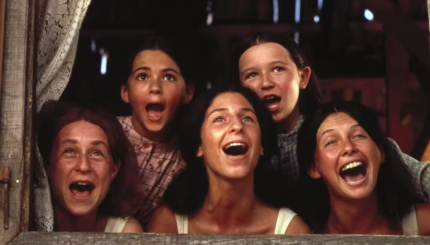Question: Other than being open on at least 3 sides (or so I remember) are there any other requirements for a huppah? For example, does it have to be flat or can it be domed or slanted?
Fredric, New York
Answer: Ah, huppah design. It’s one of the greatest opportunities for creativity at a Jewish wedding, and there are seemingly endless options for what a huppah can be made of and how it can be decorated. But what are the hard and fast rules?
I spoke with Rabbi Micah Peltz of Temple Beth Shalom in Cherry Hill, NJ, about what a huppah needs. His verdict: it has to be open on four sides, and it needs to be covered on top. That’s it! A slanted or sloped huppah is no problem at all.
You might be wondering how there could be so few requirements for a huppah. Jewish law is usually very exacting and heavy on the details–this is certainly the case when it comes to the rules of building a sukkah, the other religiously-mandated structure that Jews construct. But the huppah that we are familiar with today is a fairly modern adaptation of an ancient concept, and this is probably the reason that it is not subject to many rules.
With your help, My Jewish Learning can provide endless opportunities for learning, connection and discovery.
The huppah symbolizes the new home that the bride and groom will soon be starting together, and it is mentioned as far back as the Bible, notably in Psalms 19:6, where the sun is compared to, “a groom coming forth from his huppah.” But originally, the huppah was, literally, the groom’s home, or often a room attached to the groom’s family’s home, where the bride and groom would live and consummate the marriage.
Medieval scholars considered the huppah a component of the wedding ceremony, not a physical entity. Still, there were disagreements about which component exactly, with some rabbinic authorities (such as the Tosafists) asserting that the veiling ceremony constituted the huppah, and others (such as Maimonides) holding that it wasn’t until the couple was alone together after the ceremony that the huppah took place.
By the 16th century, though, the huppah was understood to be what we know it as today: some kind of fabric or covering supported by four poles under which the Jewish wedding ceremony (erusin and nissuin) takes place.
Today, you can buy a huppah online, commission one from a local artist, use one that’s owned by your synagogue or florist, or even make your own. There are plenty of options, so make sure to choose something that will be special to you and your spouse-to-be. Mazel tov!


